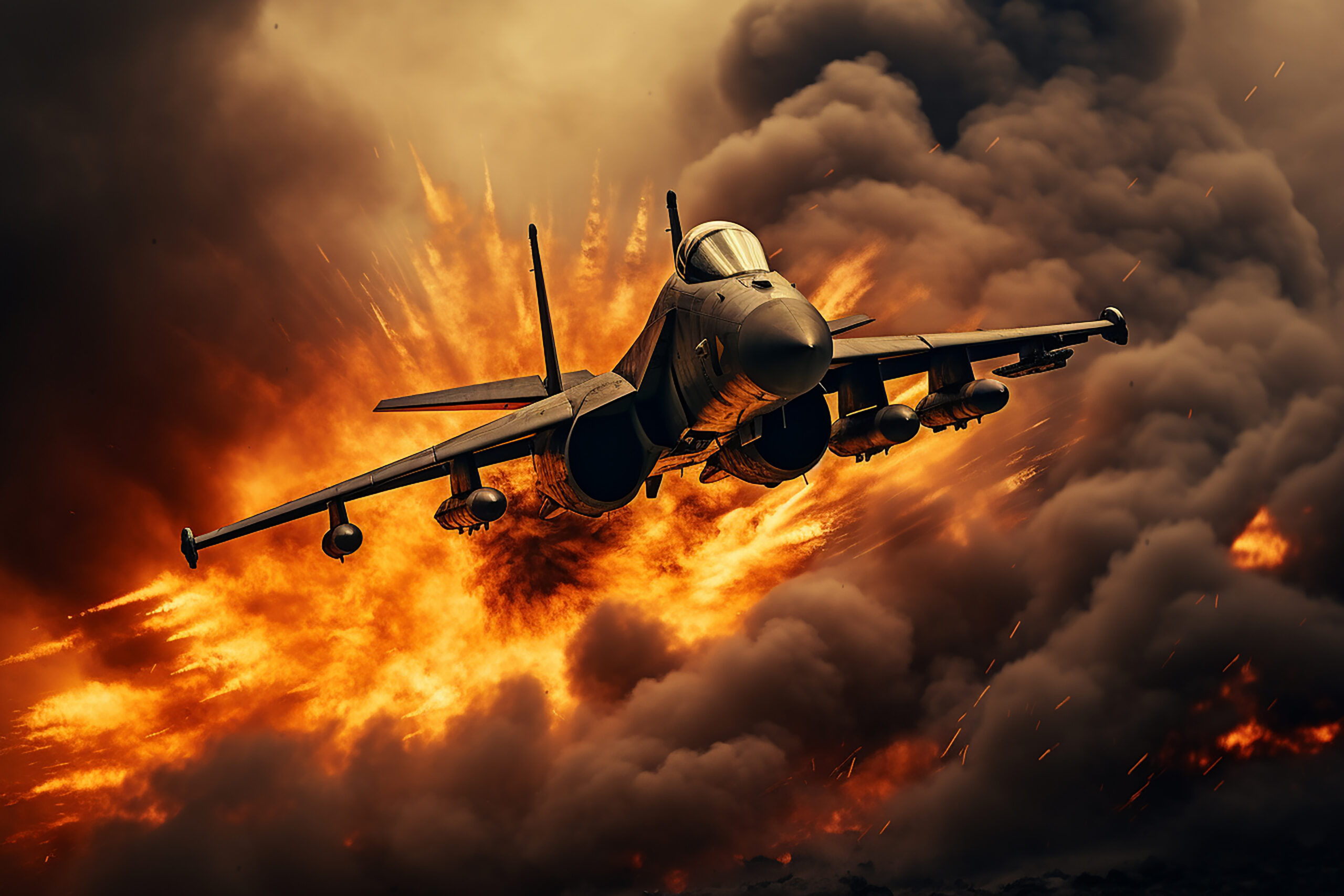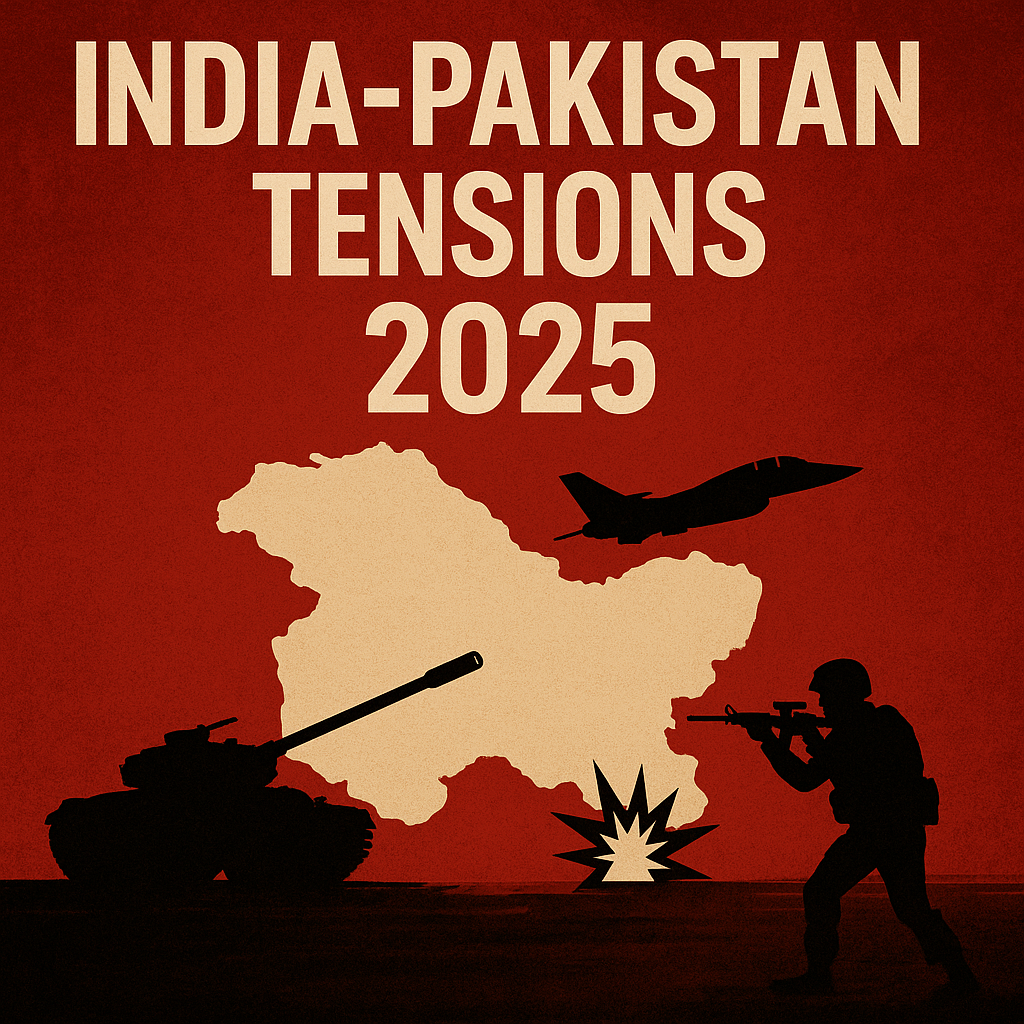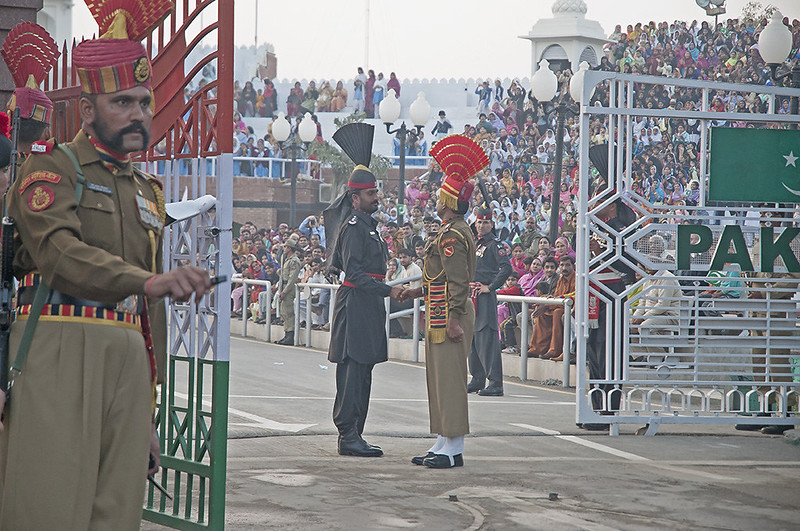
Modern air combat relies on advanced multirole fighter jets that combine agility, firepower, and cutting-edge avionics. Two such aircraft—China’s Chengdu J-10 and France’s Dassault Rafale—have gained global attention for their capabilities. While the J-10 is a cost-effective, domestically produced fighter for China and its allies, the Rafale is a high-end, export-successful Western jet.
In this article, we compare the J-10 and Rafale in terms of design, performance, avionics, weapons, and operational roles to determine their strengths and weaknesses.
1. Development Background
Chengdu J-10 (China)
- First Flight: 1998
- Entered Service: 2005
- Role: Multirole fighter
- Primary Operator: People’s Liberation Army Air Force (PLAAF)
- Variants: J-10A, J-10B, J-10C (most advanced)
The J-10 was developed by Chengdu Aerospace Corporation with assistance from Russian and Israeli technology. Initially designed as an air superiority fighter, later variants evolved into multirole platforms. The J-10C, featuring an AESA radar and advanced avionics, is the most modern version.
Dassault Rafale (France)
- First Flight: 1986
- Entered Service: 2001
- Role: Omnirole fighter (air superiority, ground attack, reconnaissance, nuclear strike)
- Primary Operators: French Air Force & Navy, India, Egypt, Qatar, UAE, Greece
- Variants: Rafale B/C (Air Force), Rafale M (Navy)
The Rafale was developed as part of France’s push for an independent defense industry. Unlike the Eurofighter Typhoon, the Rafale was designed from the outset as a carrier-capable, multirole fighter with nuclear strike capability. Its latest F4 standard includes AI-assisted systems and enhanced networking.
2. Design & Stealth Features
J-10 Design
- Configuration: Delta wing + canards (unstable design for high agility)
- Materials: Aluminum alloys, some composites
- Stealth: Limited radar cross-section (RCS) reduction measures (e.g., diverterless supersonic inlet on J-10C)
- Engine: WS-10B (Chinese) or AL-31FN (Russian)
The J-10 follows a canard-delta layout similar to the Eurofighter Typhoon, prioritizing maneuverability. However, it lacks extensive stealth shaping compared to 5th-gen fighters like the J-20.
Rafale Design
- Configuration: Delta wing + close-coupled canards
- Materials: Extensive use of composites (50% by weight)
- Stealth: Semi-stealth features (e.g., S-shaped air intakes, radar-absorbent materials)
- Engine: Snecma M88 (thrust vectoring in future upgrades)
The Rafale has better RCS reduction than the J-10 but is not a true stealth fighter. Its airframe is optimized for both aerodynamic efficiency and low observability.
Verdict: The Rafale has superior stealth and materials technology, but the J-10C has made strides in RCS reduction.
3. Performance Comparison
| Parameter | J-10C | Rafale F4 |
|---|---|---|
| Max Speed | Mach 2.2 (~2,400 km/h) | Mach 1.8 (~1,900 km/h) |
| Combat Range | ~1,200 km (no refuel) | ~1,850 km (no refuel) |
| Service Ceiling | 18,000 m | 15,200 m |
| Thrust-to-Weight | ~1.0 (with WS-10B) | ~1.1 (with M88-4E) |
| Supercruise? | No | Yes (limited) |
- The J-10C is faster, but the Rafale has better range and supercruise ability (sustained supersonic flight without afterburners).
- The Rafale’s M88 engine is more reliable than China’s WS-10B, though the latter has improved in recent years.
4. Avionics & Sensors
J-10C Avionics
- Radar: AESA (KLJ-7A, 120+ km detection range)
- IRST: Integrated Infrared Search & Track
- EW Suite: Advanced jamming and countermeasures
- Data Link: Compatible with Chinese network-centric warfare systems
Rafale F4 Avionics
- Radar: RBE2-AA AESA (200+ km detection range)
- IRST: OSF (Optronique Secteur Frontal) with long-range IR and TV tracking
- EW Suite: SPECTRA (one of the best in the world)
- Data Link: NATO-compatible, multi-platform integration
Verdict: The Rafale’s SPECTRA electronic warfare system and superior radar give it an edge in situational awareness.
5. Weapons & Payload
J-10C Armament
- Air-to-Air: PL-15 (200+ km range), PL-10 (HOBS missile)
- Air-to-Ground: LS-500J glide bombs, YJ-91 anti-radiation missile
- Guns: 1× 23mm twin-barrel cannon
Rafale Armament
- Air-to-Air: Meteor (200+ km, ramjet-powered), MICA IR/EM
- Air-to-Ground: SCALP-EG cruise missile, AASM Hammer guided bombs
- Anti-Ship: AM-39 Exocet
- Nuclear: ASMP-A (strategic strike role)
- Guns: 1× 30mm Nexter cannon
Verdict: The Rafale has a more diverse and proven weapons suite, including European and American munitions. The PL-15 is comparable to the Meteor, but the Rafale’s integration with Western missiles gives it an export advantage.
6. Operational Roles & Export Success
J-10’s Role
- Primarily used by China and Pakistan (as J-10CE).
- Designed for air superiority but increasingly multirole.
- Lower cost (~$40-50 million per unit) makes it attractive to budget-conscious buyers.
Rafale’s Role
- True omnirole fighter (air combat, strike, reconnaissance, nuclear delivery).
- Operated by France, India, UAE, Egypt, Greece, and others.
- Higher cost (~$115-125 million per unit) but offers cutting-edge tech.
Verdict: The Rafale is more versatile and combat-proven, while the J-10 is a cost-effective alternative for nations aligned with China.
7. Which is Better?
- For Air Superiority: Rafale (better EW, Meteor missile, superior radar).
- For Cost-Effectiveness: J-10C (cheaper, good enough for most missions).
- For Export Market: Rafale (proven in combat, NATO compatibility).
- For Future Upgrades: Rafale (F4 standard includes AI and drone control).
Final Thoughts
The Rafale is the superior fighter overall, but the J-10C offers impressive capabilities at a lower price. If budget is no constraint, the Rafale is the clear winner. However, for countries seeking a capable 4.5-gen fighter without Western restrictions, the J-10C is a strong contender.





